
Cannibalistic fish can be a problem for fish owners, as it can lead to the loss of fish and negatively impact the overall health of the tank. Understanding the causes of this behavior, such as overstocking, poor water conditions, and lack of alternative food sources can help fish owners take steps to prevent or address it.
Additionally, recognizing the physical signs of cannibalism, such as missing fins, bite marks, and abnormal behavior, can also aid in identifying when this behavior is occurring.
Understanding Cannibalistic Fish of Fish Owners
Cannibalism in fish refers to the act of one fish consuming another fish of the same species. This behavior can be seen in a variety of different fish species and can occur for a number of reasons.
It’s essential for fish owners to be aware of this behavior because it can have a number of negative effects on the fish in the tank. For example, if one fish is continuously attacking and eating others, it can lead to a decline in population and a lack of biodiversity in the tank.
Additionally, if fish are missing fins or have bite marks, it can be a sign of poor overall health and well-being. Cannibalism can also occur in aquaculture and lead to huge economic losses for farmers.
Preventing and addressing cannibalism in fish requires an understanding of the causes and signs of this behavior, as well as appropriate management and maintenance practices. By being aware of this behavior and taking steps to prevent it, fish owners can help to ensure the health and well-being of the fish in their care.
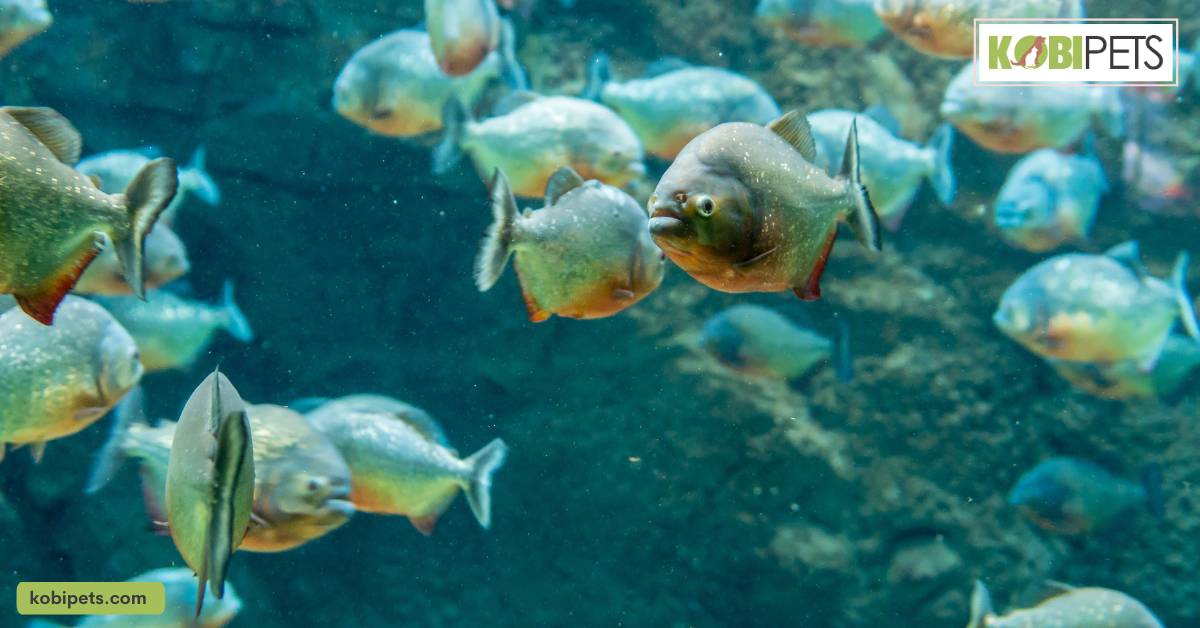
6 Types of Cannibalistic Fish
In this section, we will dive deeper into the different types of fish that are known to exhibit cannibalistic behavior. Although it is important to note that not all individuals of the same species will exhibit this behavior, certain species have been observed to be more prone to cannibalism than others.
There are many different types of fish that are known to exhibit cannibalistic behavior. Here are a few examples:
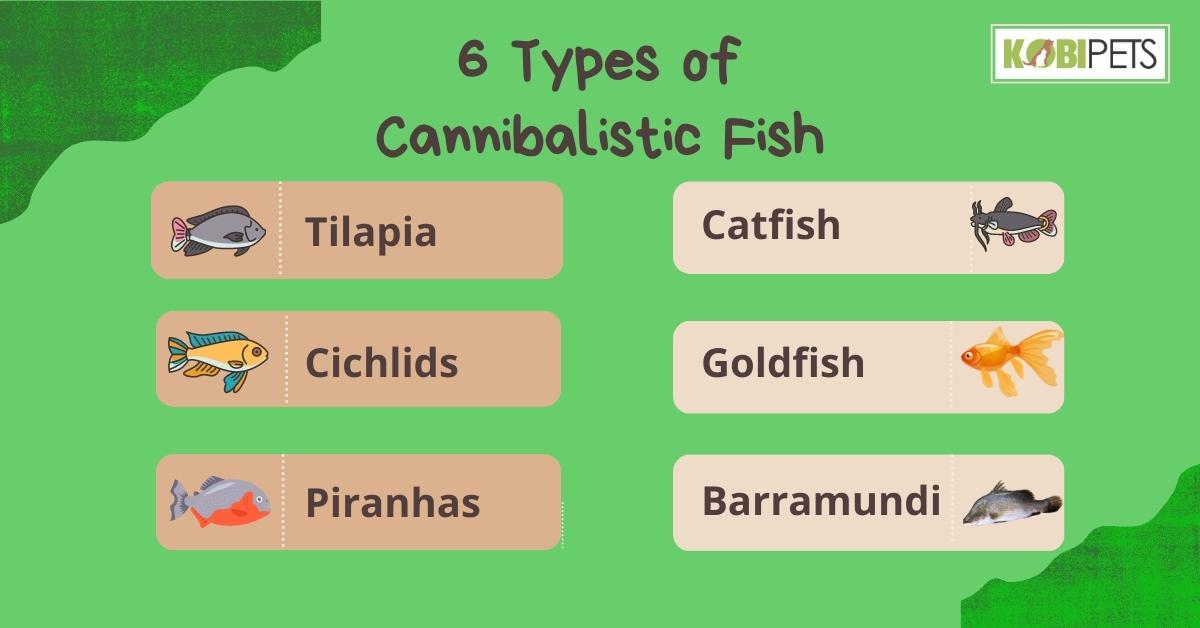
6 Types of Cannibalistic Fish
1. Tilapia
Tilapia are among the types of fish that practice cannibalistic behavior. They feed on smaller, egg-carrying females and their own eggs, as well as larvae and other small invertebrates in the water.
Cannibalism is particularly common in overcrowded tanks or environments where food sources are scarce, and it’s not unusual for adult tilapia to consume several hundred fries over a weekly period. While this behavior can seem distressing, cannibalism among Tilapia can also be beneficial; it helps reduce competition between siblings for resources and also helps maintain population abundance by stabilizing numbers.
Although certain environmental conditions need to be considered to prevent high numbers of predatory activities, there are methods that can help minimize the impact of cannibalistic behaviors while still allowing these fish to thrive in captivity.
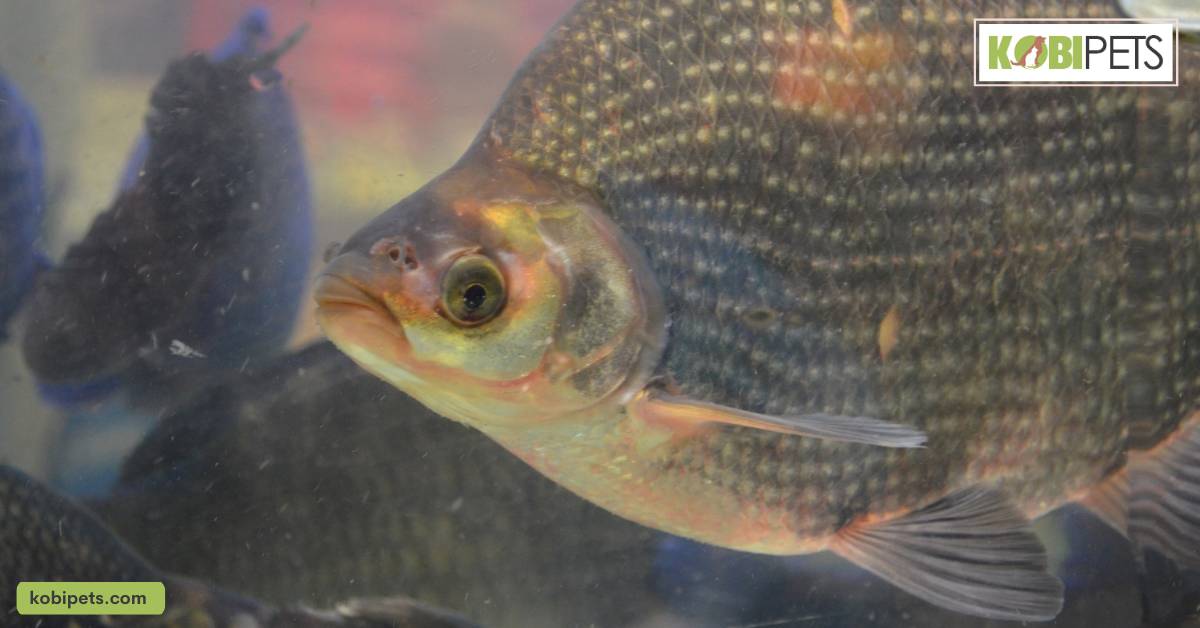
2. Cichlids
Cichlids are an incredibly varied species of fish, making up more than 1500 different species in over 100 genera. This diverse family is found mainly in tropical freshwater environments such as lakes and rivers in South America, Central America, and Africa; but they can also be spotted in temperate regions.
One intriguing aspect of cichlids that make them unique is their tendency to display cannibalistic behavior among their own kind. Although it’s not true for all types of cichlids, several species will occasionally engage in the practice of eating each other – usually involving juveniles being preyed upon by adults or spawning males trying to gain an edge in courtship rituals.
Interestingly, these behaviors are generally motivated by chemical cues like hormonal secretion rather than an actual hunger for flesh. It is also possible for female cichlids to feed upon their partners after a mating session.
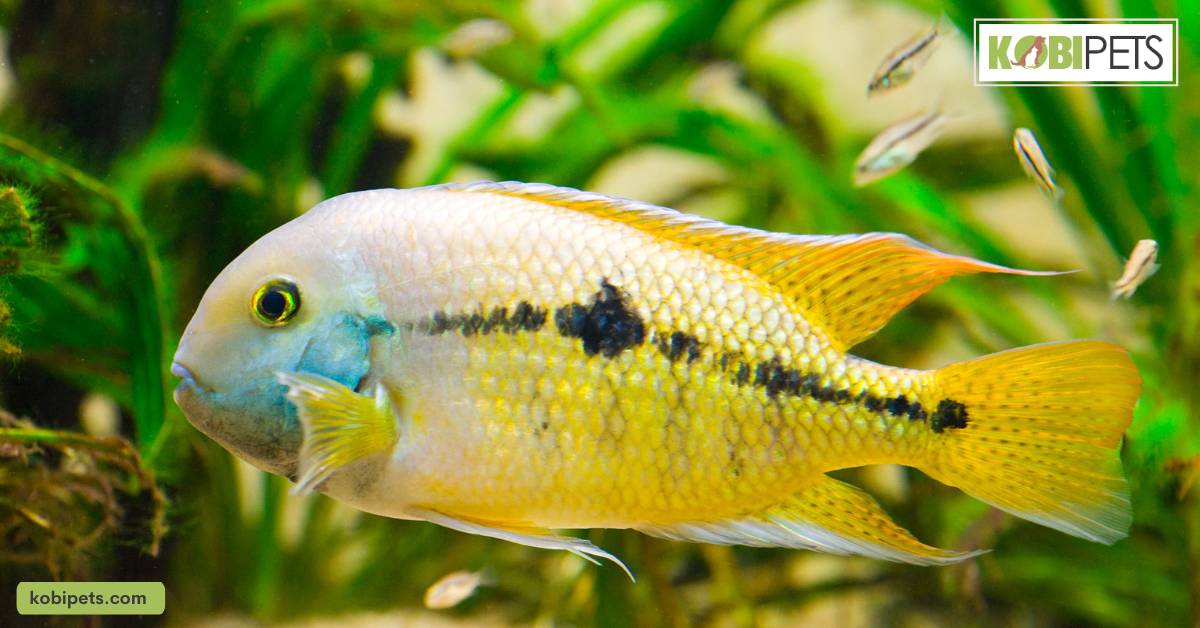
3. Piranhas
Piranhas, although feared for their ferocious reputation, are in fact gentle omnivorous fish that belong to the family Serrasalmidae. Despite this fact, there are some species of Piranha that exhibit cannibalistic behavior and have been known to form ‘feeding frenzies’.
These frenzies usually occur when food is scarce, such as during dry seasons. Interestingly, even within schools of cannibalistic Piranha, the largest and strongest individuals will typically hunt for food outside of the school instead of attacking the weaker members.
However, it is important to not forget that this behavior can still be harmful; any creature small enough to fit in its mouth has a chance to become its prey!
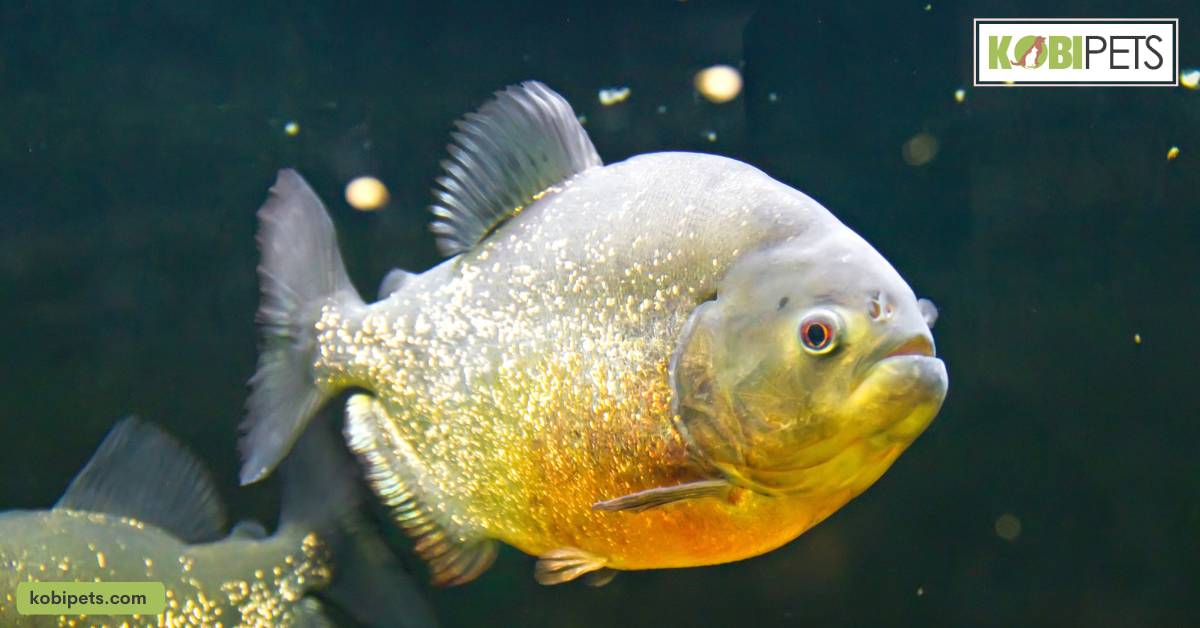
4. Catfish
Catfish, natively found in most freshwater habitats all over the world, are a species of cannibalistic fish that prey on smaller fish and invertebrates.
Catfish vary between species but generally have an elongated body shape with modified barbels (whisker-like sensory organs) around their mouths for their detection of food and can range from a few centimeters to almost three meters in length.
Though mostly carnivorous, many catfish are also opportunistic omnivores that will feed on detritus, larvae, or plant matter. However, there are different species of catfishes that engage in cannibalistic behavior, ranging from consuming eggs of the same species to even eating members of their own juveniles or adults.
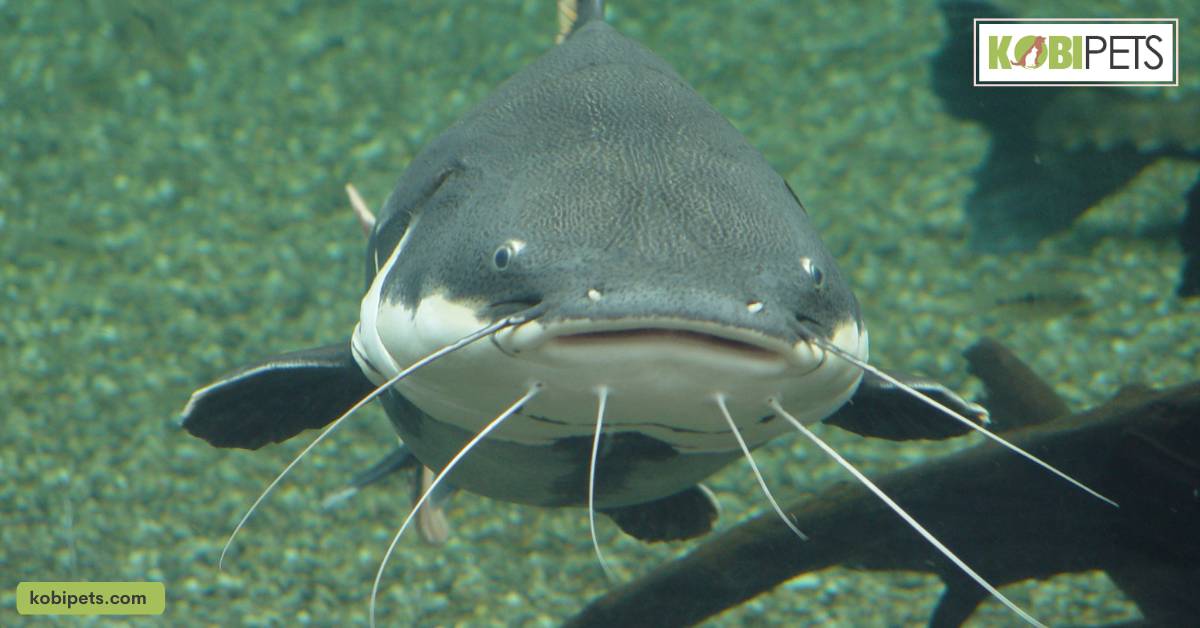
5. Goldfish
Goldfish are iconic pet fish, known for their endearing personalities, intelligence, and often amusing behavior. While some goldfish retain the habits of their wild ancestor and may feed on smaller animals or dead tank-mates, this tendency is not what is typically found when discussing cannibalism.
Rather, goldfish morphs like shubunkins, slim fancies, and meteors have a much stronger chance of developing an appetite for the eggs or fry of their species due to the lack of predators in their aquarium habitats. As always, prompt action should be taken by owners to introduce appropriate hiding spots in their tanks to prevent these behaviors from occurring.
Despite a few cases where goldfish may cross over into cannibalistic territory, they still make wonderful pets as long as constant attention is given to water quality and overall tank conditions.

6. Barramundi
The Barramundi, scientifically known as Lates Calcarifer, is an incredibly interesting species of fish due to its multi-faceted scavenging behavior. As a cannibalistic species, the Barramundi will feed on any small animal it can get its fins on.
This predatory instinct has evolved into a diverse diet of shrimp, small other fish, frogs, and even insects. Sharks have been recorded preying on juvenile Barramundi which further showcases the fame of this beast in the oceanic environment.
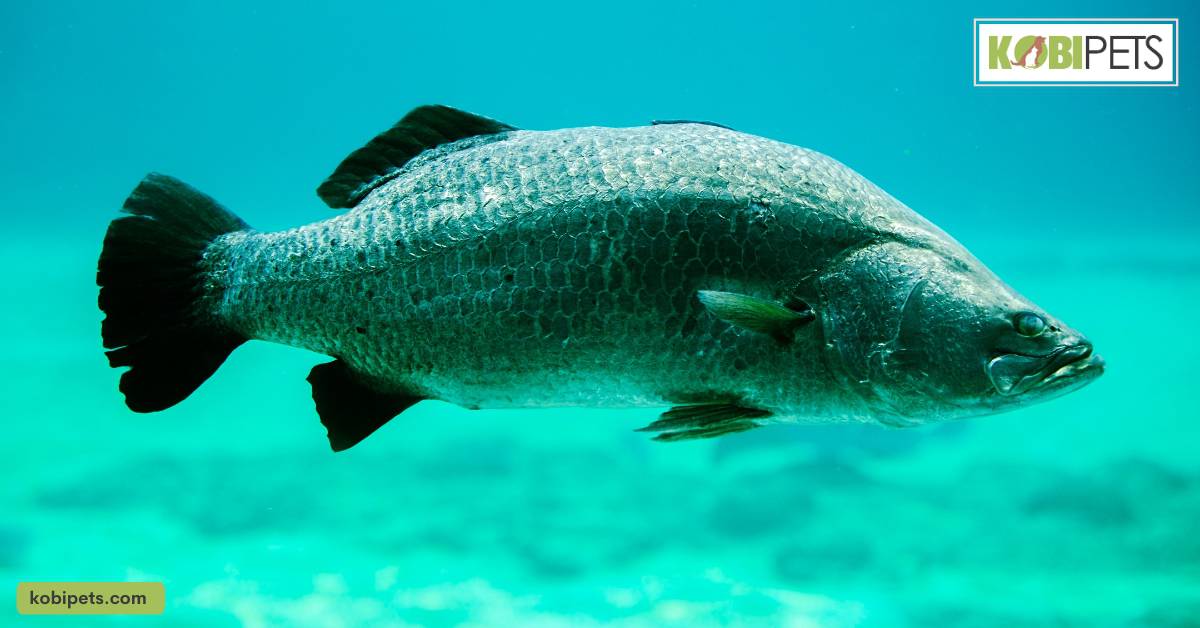
6 Causes of Cannibalism in Fish
Understanding the causes of cannibalism in fish is important for fish owners, as it can help them take steps to prevent or address this behavior. There are a number of different factors that can contribute to fish becoming cannibals, such as overstocking, poor water conditions, and lack of alternative food sources.
We will look at these factors in more detail and also explore other contributing factors that might not be immediately obvious, in order to help you better understand and manage the behavior.
There are a number of different factors that can contribute to fish becoming cannibals. Some of the most common include:
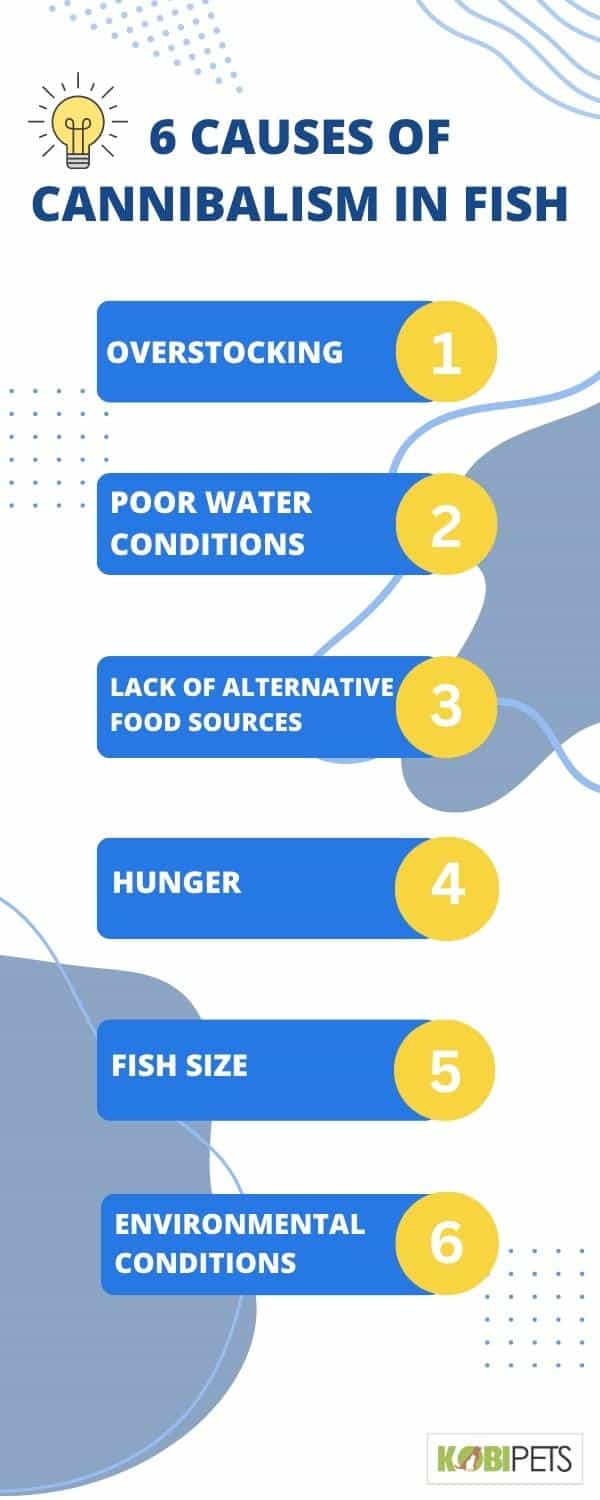
6 Causes of Cannibalism in Fish
1. Overstocking
Overstocking is one of the most common factors that can contribute to fish becoming cannibals. When a tank is overstocked, there may not be enough food or space for all of the fish to survive. This can lead to competition among the fish for resources, which can in turn lead to some fish turning to eat others as a means of survival.
When a tank is overstocked, the fish will fight for territory, food, and other resources. When food is scarce the fish will start to eat their own eggs, fry, or other smaller fish which leads to a loss in population. Not only this overstocked tanks also tend to have poor water quality as the waste from the fish increases much faster than the filtration system can handle.
To prevent overstocking-related cannibalism, fish owners should be mindful of the appropriate stocking density for their tanks and ensure they are not adding too many fish at once. This can be done by researching the species of fish they are keeping, their adult size, and their bioload.
Additionally, regular tank maintenance and monitoring of the water quality is crucial to prevent poor water conditions which can lead to stress in the fish and thus cannibalism. Overstocking is a complex problem and the best course of action is to consult with an expert or conduct research to understand the species-specific requirements.
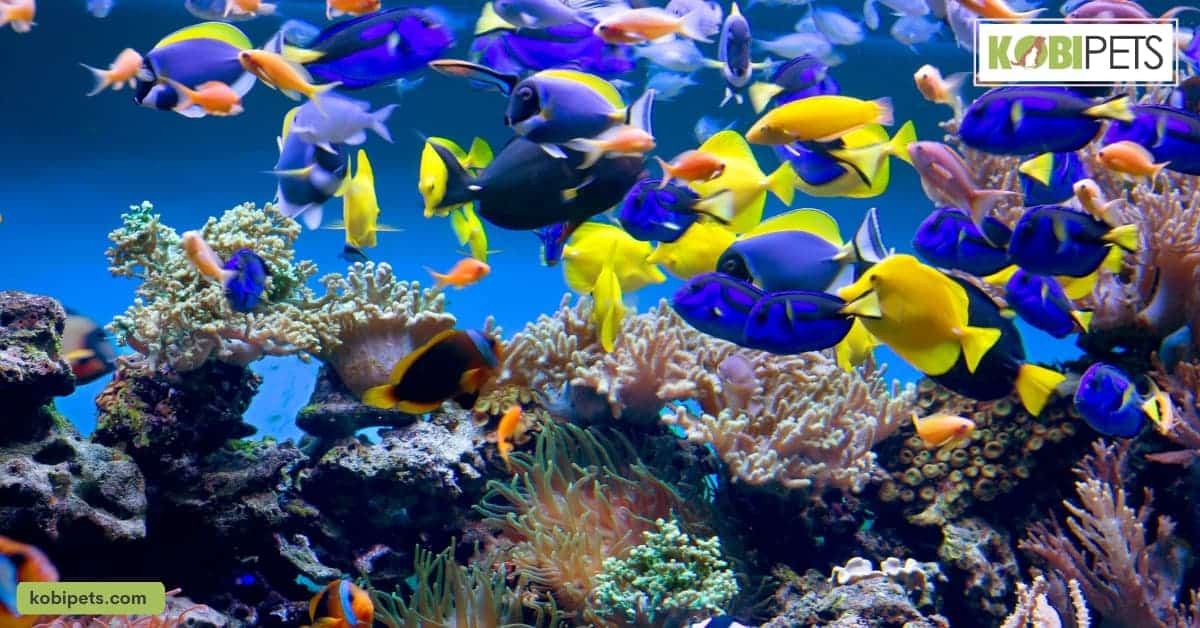
2. Poor water conditions
Poor water conditions can also be a contributing factor to fish becoming cannibals. Fish require specific water conditions to thrive, such as the correct pH levels, temperature, and adequate oxygen levels. When these conditions are not met, fish can become stressed, which can lead to a number of health issues and changes in behavior, including cannibalism.
One of the most important water parameters to consider is pH, when the pH level is too high or too low it can cause stress to the fish and disrupt their internal functions. Similarly, when the temperature is too high or too low, it can cause stress to the fish, making them more vulnerable to diseases and also leading to cannibalistic behavior.
Adequate oxygen levels are also essential for fish health, when the water is not properly aerated the fish may struggle to breathe which can cause stress and lead to cannibalism. In addition to this, poor water conditions can also lead to an increase in waste products and toxins in the water, which can further stress the fish and lead to cannibalism.
To prevent and address these issues, fish owners should regularly test the water quality and maintain appropriate levels of pH, temperature, and oxygen. Additionally, regular water changes and cleaning of the tank can help to keep the water clean and free of toxins. It’s also important to use an appropriate filtration system that is suitable for the bioload of the tank, to ensure adequate water flow and aeration.

3. Lack of alternative food sources
A lack of alternative food sources can also be a factor in fish becoming cannibals. When fish are not fed enough or if the food they are being given is not nutritionally adequate, they may turn to eat other fish as a means of survival.
This can happen when fish are fed irregularly or when the food provided is not appropriate for the species being kept, for example, feeding carnivorous fish with only plant-based food. Another aspect to consider with food is the particle size, if the food is too large or too small for the species being fed it can lead to competition, and some fish not being able to eat properly.
Also, if the food is not palatable or fresh, the fish may not show interest in it and might resort to eating other fish as a food source. To prevent this type of cannibalism, fish owners should ensure that they are providing their fish with enough food and that the food they are providing is nutritionally appropriate.
This can be done by researching the specific dietary requirements of the species being kept and providing a varied diet. Also, it’s important to feed the fish on a regular schedule and in appropriate amounts, not overfeeding the fish is also important as it can lead to other problems like water pollution and poor water quality.

4. Hunger
Hunger can also be a factor in fish becoming cannibals. Fish that are not fed enough or irregularly will start to look for alternative food sources. This can lead to competition among the fish for food and some of them might start eating their own eggs, fry, or other smaller fish as a means of survival.
Some species of fish like Tilapia and catfish have been observed to eat their own eggs and fry. Hunger can also make some fish more aggressive and territorial, increasing the likelihood of cannibalism. To prevent this type of cannibalism, fish owners should ensure that they are providing their fish with enough food and that the food they are providing is nutritionally appropriate.
Feeding fish on a regular schedule, and providing enough food for all the fish is crucial. In addition to this, it’s important to keep an eye on the fish for any signs of starvation or weight loss, which may indicate that the fish are not getting enough food.

5. Fish size
Fish size can also be a factor in fish becoming cannibals. Some species, like Tilapia, have a hierarchical structure where bigger fish will dominate and eat smaller ones. This is particularly common when the size difference is big, as the smaller fish may be viewed as easy prey by the larger fish. In these cases, fish can be observed to eat their own eggs, fry, or other smaller fish.
This behavior can also happen in home fish tanks when owners don’t understand the growth rate of the fish they are keeping, and end up with a tank full of fish of different sizes, which can lead to competition and cannibalism. Similarly, in aquaculture situations, when the fingerling sizes are not separated properly it can lead to the bigger fish eating the smaller ones.
To prevent this type of cannibalism, fish owners should be mindful of the growth rate and size of the fish they are keeping. When purchasing fish it’s important to know the adult size of the fish, and ensure that the tank or pond is big enough for the fish to grow properly.
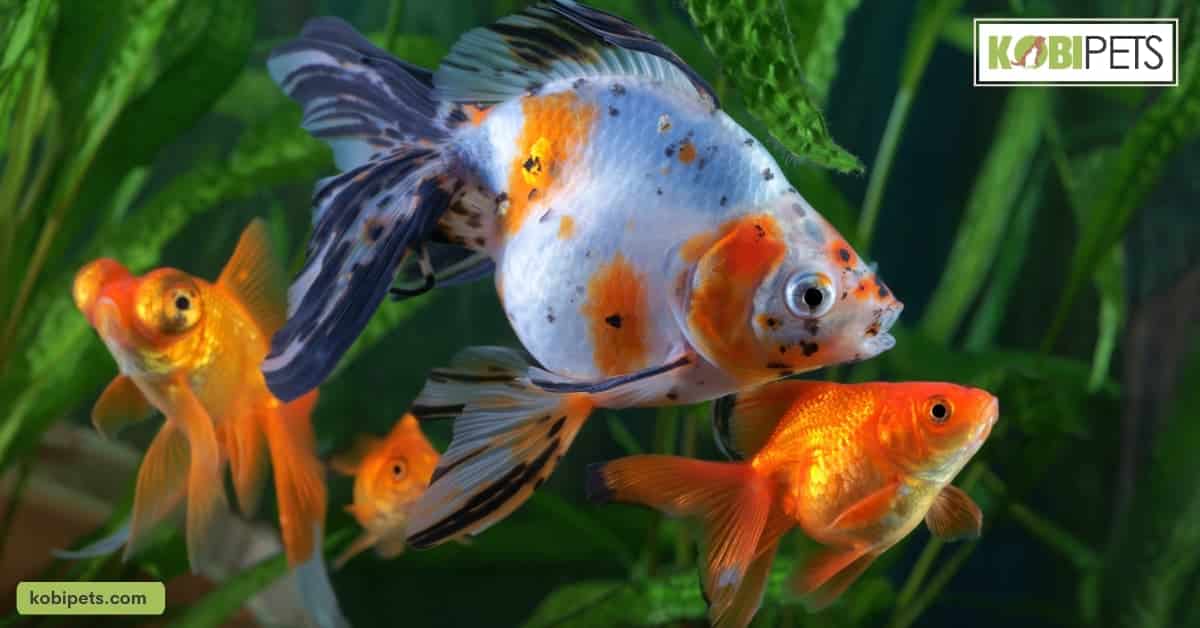
6. Environmental conditions
Environmental conditions can also be a factor in fish becoming cannibals. Some species of fish can be triggered by specific environmental conditions to exhibit cannibalistic behavior. This could be because of temperature, lighting, or even water flow.
Similarly, when the lighting is too bright or too dim, it can also cause stress to the fish, which can lead to cannibalism. Water flow is another aspect of environmental conditions that can impact fish behavior.
Fish that are used to living in rivers or streams, require certain water flow rates, and when they are kept in tanks or ponds where the flow rate is very different, they may feel stressed and this could lead to aggressive behavior and cannibalism. To prevent this type of cannibalism, fish owners should be aware of the specific environmental needs of the species they are keeping.
Proper research and understanding of the specific requirements of the species, such as temperature, lighting, and water flow, is crucial. Additionally, regular monitoring of the environment, and making adjustments as necessary, can help to ensure that the fish are living in optimal conditions.
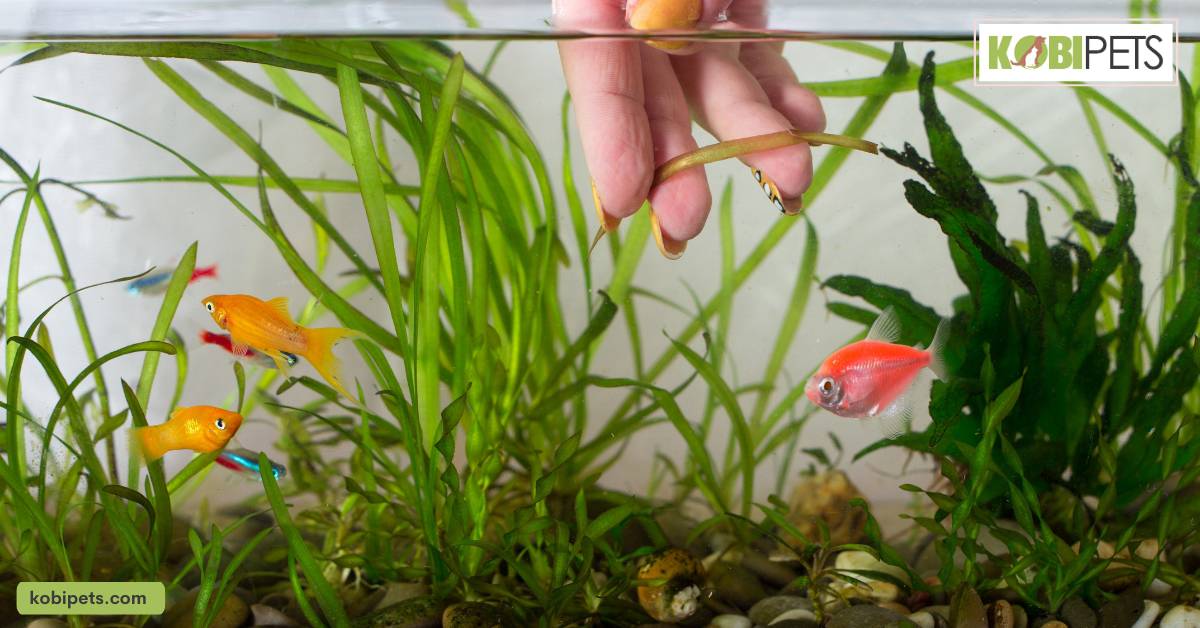
Signs of Cannibalism in Fish
Understanding these signs can help fish owners recognize when this behavior is occurring and take steps to address it. These signs include missing fins, bite marks, abnormal behavior, and other physical indications that can be seen on the fish’s body or behavior.
It’s important to note that these signs alone are not enough to confirm the fish is cannibalistic, and proper observation of the tank and the behavior of the fish is needed.
- Missing fins: Fish that are being attacked by other fish may have missing fins, which can be a sign of cannibalistic behavior.
- Bite marks: Bite marks on the body of a fish can be another sign that it is being attacked and possibly eaten by other fish.
- Abnormal behavior: Fish that are being attacked may display abnormal behavior such as swimming erratically, hiding, or showing signs of stress.
- Lumps in the body or stomach: When fish eat other fish their stomach will be distended and may have lumps in the stomach, this can be a sign of cannibalistic behavior.
- Frayed fins or fins with holes: Fish that are attacking other fish may bite their fins or tail, leading to frayed fins or fins with holes.
- Discoloration or injuries on the body of the fish: Some fish may have discoloration or injuries on the body, indicating that it has been bitten or attacked.
- Aggression towards other fish: When fish start to become more aggressive towards other fish and constantly chase them, it could be a sign of cannibalistic behavior.

Prevention and Solutions
Keeping cannibalistic behavior in check is crucial for maintaining a healthy tank, preventing the loss of fish, and ensuring that the tank is running smoothly. We will discuss various strategies such as proper tank maintenance, providing enough food, separating aggressive fish, proper research of species, quarantine of new fish, observing the tank and fish, and consulting experts.
By implementing these strategies, fish owners can take steps to prevent and address cannibalism in their tanks.
- Proper tank maintenance: Regularly cleaning and maintaining the tank can help to keep water conditions optimal and reduce stress in the fish, which can help to prevent cannibalism.
- Adequate food: Feeding fish a nutritionally adequate diet on a regular schedule can help to prevent hunger and reduce competition for food, which can help to prevent cannibalism.
- Providing enough space: Providing adequate space for fish to move around can help to prevent aggression and reduce competition for territory, which can help to prevent cannibalism.
- Separating aggressive fish: If you have identified some fish as aggressive, it’s best to remove them from the tank or separate them from the others to prevent them from attacking other fish.
- Proper research of the species: Understanding the specific requirements of the species you are keeping, such as temperature, lighting, and water flow, is crucial to provide an appropriate environment for the fish.
- Quarantine of new fish: It’s also important to have a quarantine tank for new fish, to observe them for signs of illness or aggressive behavior, and deal with them quickly if necessary.
- Observing the tank and the fish: Keeping an eye on the fish and their behavior can help you identify problems early and take actions to prevent or address them, such as separating aggressive fish or improving water quality.
- Consulting an expert: In case of persistent problems, it’s always a good idea to consult an expert or do more research on the species being kept, to understand better the specific requirements and take steps to ensure a healthy tank.
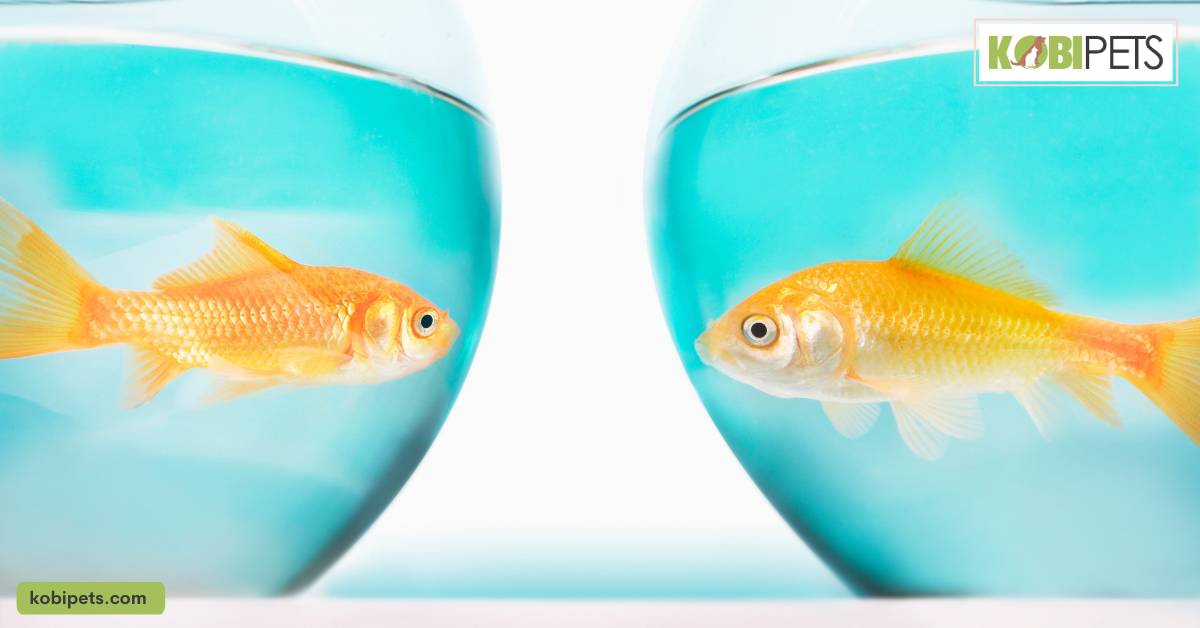
In Conclusion
Cannibalism in fish can be a problem but with the right understanding and approach, it can be prevented and addressed. Fish owners can take steps such as proper tank maintenance, providing enough food, separating aggressive fish, proper research of the species, quarantine of new fish, observing the tank and the fish, and consulting an expert for further advice.
By implementing these strategies, fish owners can take steps to prevent and address cannibalism in their tanks, ensuring the health and well-being of their fish.


